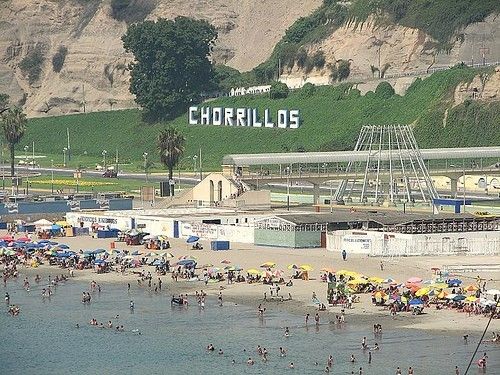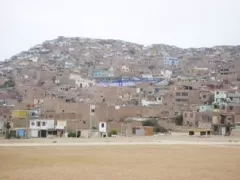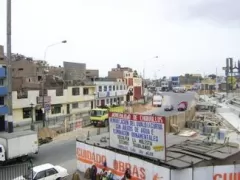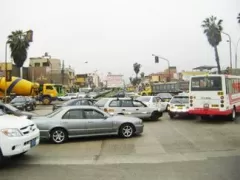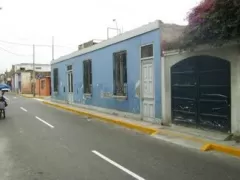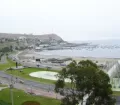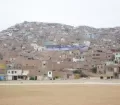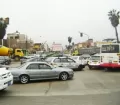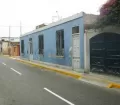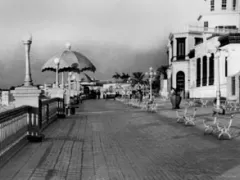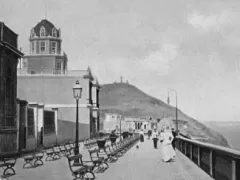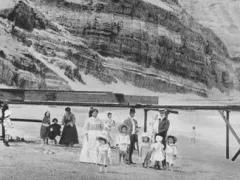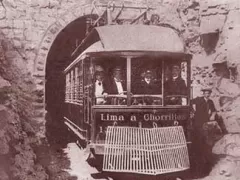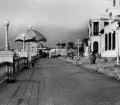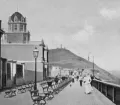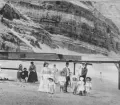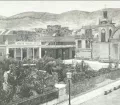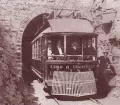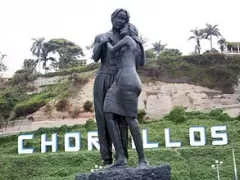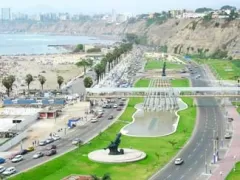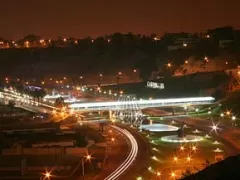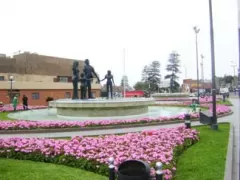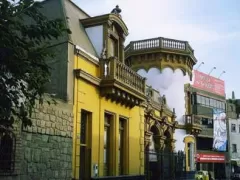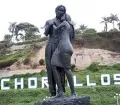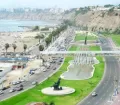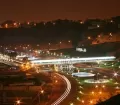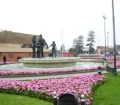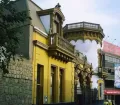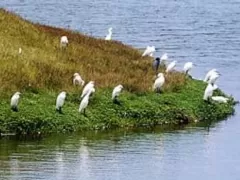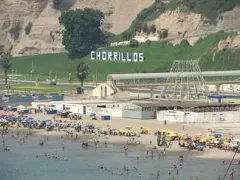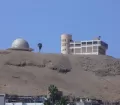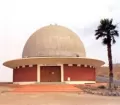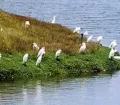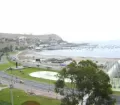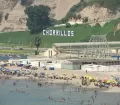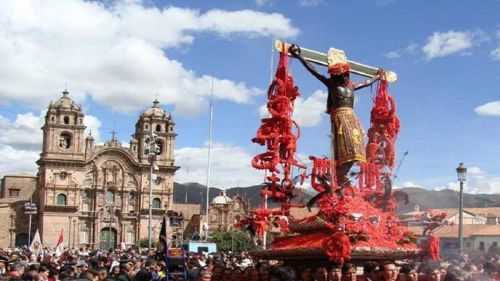The traditional district of Chorrillos is another not so well known district of Lima for tourists. Once being a small fishing village it developed in Colonial and Republican times to the beach resort not only for Lima’s wealthy. During the Pacific War Chorrillos was the scene of heavy fighting and much of it was destroyed. Today Chorrillos is absolutely worth a visit.
Take a walk or just relax on the beautiful Malecon and enjoy a stunning view over the whole bay of Lima, enjoy a delicious meal at the numerous restaurants specializing in typical Peruvian coastal food or have a nice day at the beach.
Facts & Figures about Chorrillos
The district of Chorrillos was officially established on the 2nd of January 1857. It is located directly on the Pacific Ocean south of Miraflores and Barranco. Chorrillos occupies an area of 39.5 km².
The district of Chorrillos is limited to the north by Barranco, to the northeast by the district of Santiago de Surco, to the east by the district of San Juan de Miraflores, to the southeast by the district of Villa El Salvador and to the south and west by the Pacific Ocean.
Brief History of Chorrillos
The area around the "Morro Solar" was once a pre-Columbian settlement known as Armatambo. The first settlers were fishermen from the Ichma culture during pre-Inca times, later other cultures followed. After the Spanish conquest the hillside settlement was abandoned and forgotten. The Indians moved down to the shore. Due to natural and probably intentional destruction and neglect no remains of this old town are left. The new settlement, known as San Pedro de Chorrillos, was initially only inhabited by fisherman who built small rustic huts.
In 1687 a heavy earthquake destroyed the small community. During the following years the Spaniards discovered the area for bathing and resting. Wealthy Limeñan families built the first country summer houses. Also Italian, English and French immigrants settled here. In 1746 another earthquake destroyed the upcoming beach resort. The beautiful and calm village only recovered slowly from this setback. In Republican times the area gradually developed to the place where the Limeñan High Society spent their summer vacation. Chorrillos became the resort and recreation center for Lima of that time. Beautiful residences were built. The government pushed ahead the development of the noble and elegant district by building a levee with a wooden framework and railing. It allowed to promenade with a stunning panoramic view over the ocean and had two public squares. The walkways were beautifully decorated with a countless number of amazing flowerpots. Chorrillos streets were lined with trees and flowers. Parks invited the residents to a rest. Chorrillos was a beautiful green oasis.
The inauguration of the electric train in November 1858 that connected the City of Lima with Chorrillos, contributed further to the progress. The railroad made travelling for the Limeñean aristocracy to the area much more comfortable and quicker. Because all important figures from the national economy, politics and society had their summer residence in Chorrillos, all other advances of the time like telegraph, gas lantern first, later electric lamps, etc. were inaugurate in Chorrillos very quickly. Two years after the official creation in 1857 Chorrillos was on the height of its splendour. During the War of the Pacific (1879 – 1883) Chorrillos was nearly completely destroyed. The Chilean invaders plundered the city, burnt houses and literally destroyed everything. After the war the town could never recover its old splendor. The 1940 earthquake finished off Chorrillos. Nevertheless, some of the beautiful Colonial and Republican houses survived to be discovered at the Chorrillos Malecon some are found spread through the old center.
Places to visit & attractions in Chorrillos
El Morro Solar
The hill Morro Solar can easily be made out from far away. A huge illuminated cross was built as a welcome gift for the visiting Pope John Paul II on top of it. Morro Solar allows on clear days a stunning view over the Bay of Lima from Callao to the beach resorts in the south. During the War of the Pacific (1879-1883) Morro Solar was the scene of heavy fighting between the invading Chilean troops and Peruvian soldiers defending their country.
In remembrance of the many lost lifes and as a symbol of the heroic defence of Lima during the war a monumental complex dedicated to the combatants was erected on top of Morro Solar. Morro Solar also houses Peru's astronomical observatory and the planetarium. Visit the museum and discover aerolites, antique and modern scientific instruments and have a look at a projection of the celestial movements.
Los Pantanos de Villa (Av. Hernando de Lavalle km 20, Chorrillos)
Lima is one of the few metropolises in the world that has in its city limits a natural reserve with an extraordinary biodiversity. Pantanos de Villa was established in May 1989 and was recognized by the RAMSAR Convention in January 1997. These unique wetlands extent over an area of 263 ha and are the only protected area within Lima's city limits. The marshes are an important ecological area not only for Limas elsewhere quite neglected flora and fauna but also for scientific, educative and recreational reason. The main aim of the Pantanos de Villa Reserve is to protect the bird fauna (migratory and resident), to preserve the rich and wild flora characteristic for the coastal Peruvian region, to protect the amazing landscape, to develop educative activities and tourism.
Pantanos de Villa is a great place for bird lovers. Little deep lagoons, connected to the hydrological system of the Rímac River, a wide variety of reeds and other water and swamp plants, fish, reptiles and aquatic insects offer more than 170 bird species a natural refuge.
Beaches
Once being the famous beach resort of Lima, Chorrillos even today attracts over 2 million beach lovers every summer. Worth mentioning are La Herradura, popular with surfers, Agua Dulce with its beautiful malecon and Playa Pescadores where many restaurants offer typical Peruvian dishes.


